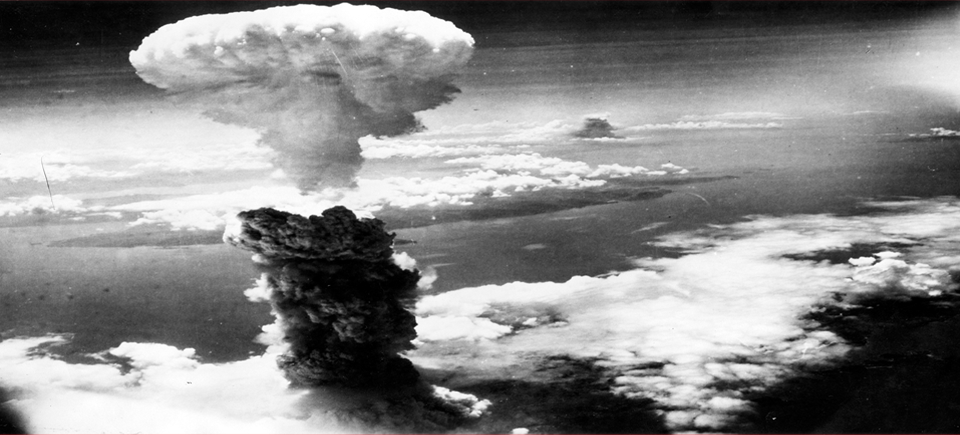
The Destroyer of Worlds: A Brief History of Nuclear Weapons
The Destroyer of Worlds: A Brief History of Nuclear Weapons
Learn about the history of nuclear weapons and the part they played in changing the face of humanity with three docs on NFB.ca.
The Strangest Dream
The Strangest Dream, Eric Bednarski, provided by the National Film Board of Canada
Nuclear history begins in 1939 in a New Mexico desert with the Manhattan Project.
This top-secret R&D project recruited the leading physicists, engineers, and scientific minds in the world, gathering them together for one mission: to develop functional nuclear weapons before the Axis powers did.
While witnessing the Trinity test—the first detonation of a nuclear device—Robert Oppenheimer, the theoretical physicist in charge of designing the bombs, recognized the horror he had helped to create and later commented that it had called to mind a phrase from the Bhagavad Gita: “Now I am become Death, the destroyer of worlds.”
Eric Bednarski‘s documentary focuses on Polish physicist Joseph Rotblat, the only scientist to leave the Manhattan Project on moral grounds. Rotblat was labelled a traitor but went on to research the medical uses of radiation, helped create the modern peace movement, and eventually won the Nobel Peace Prize.
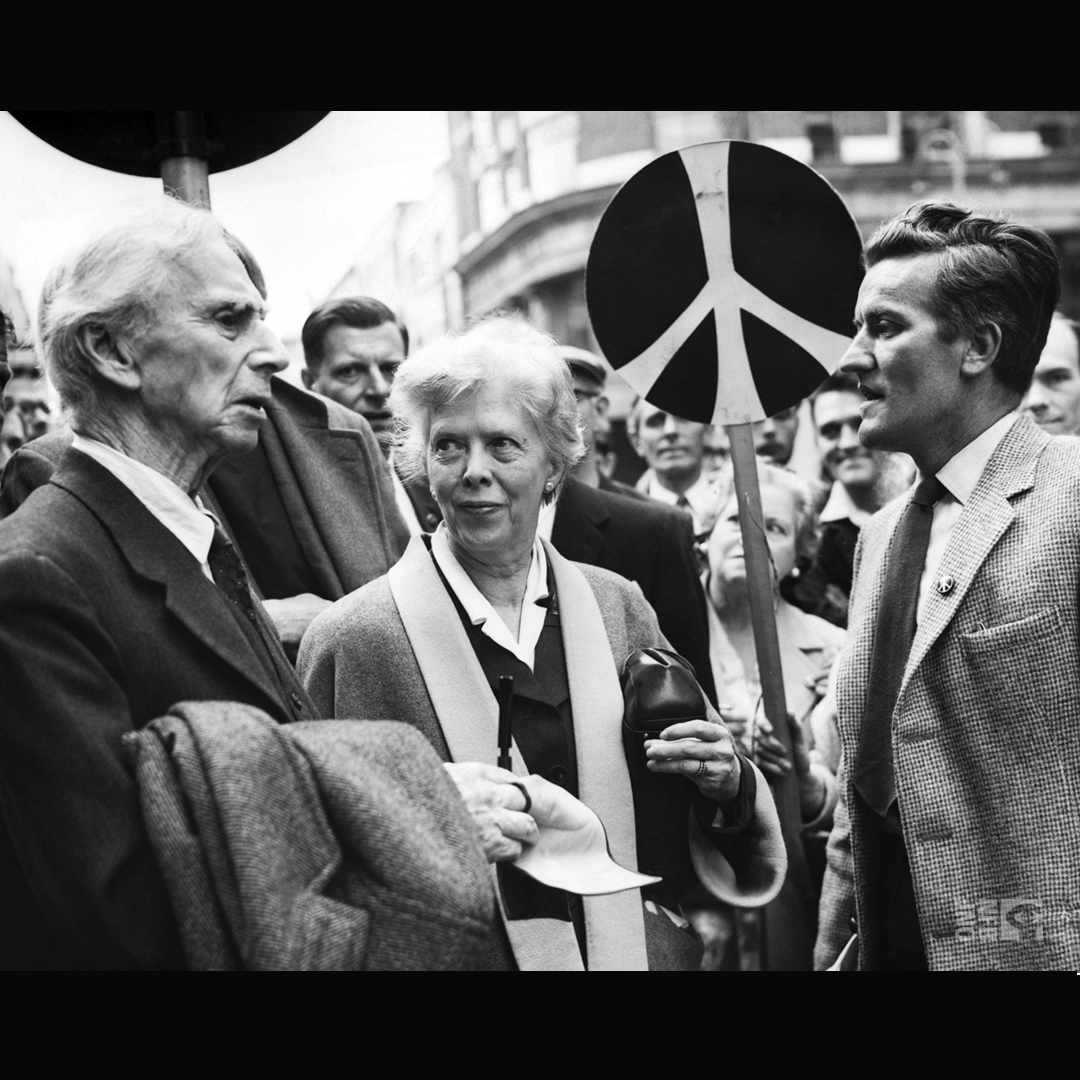
Lord Bertrand Russel and Edith Finch Russel, & George Clark at Peace Protest (1961)
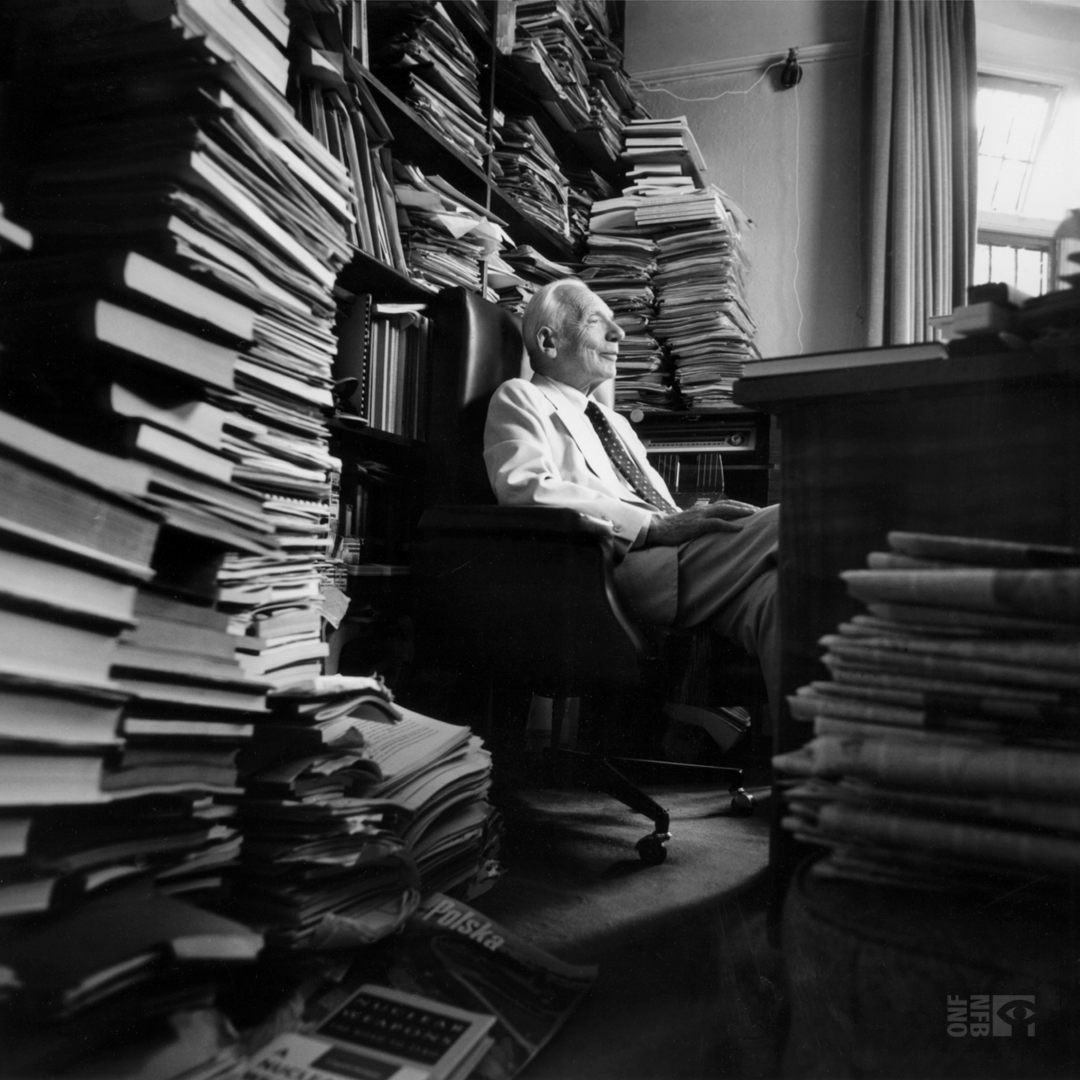
Sir Joseph Rotblat, 1995 (photo credit: Micheline Pelletier)
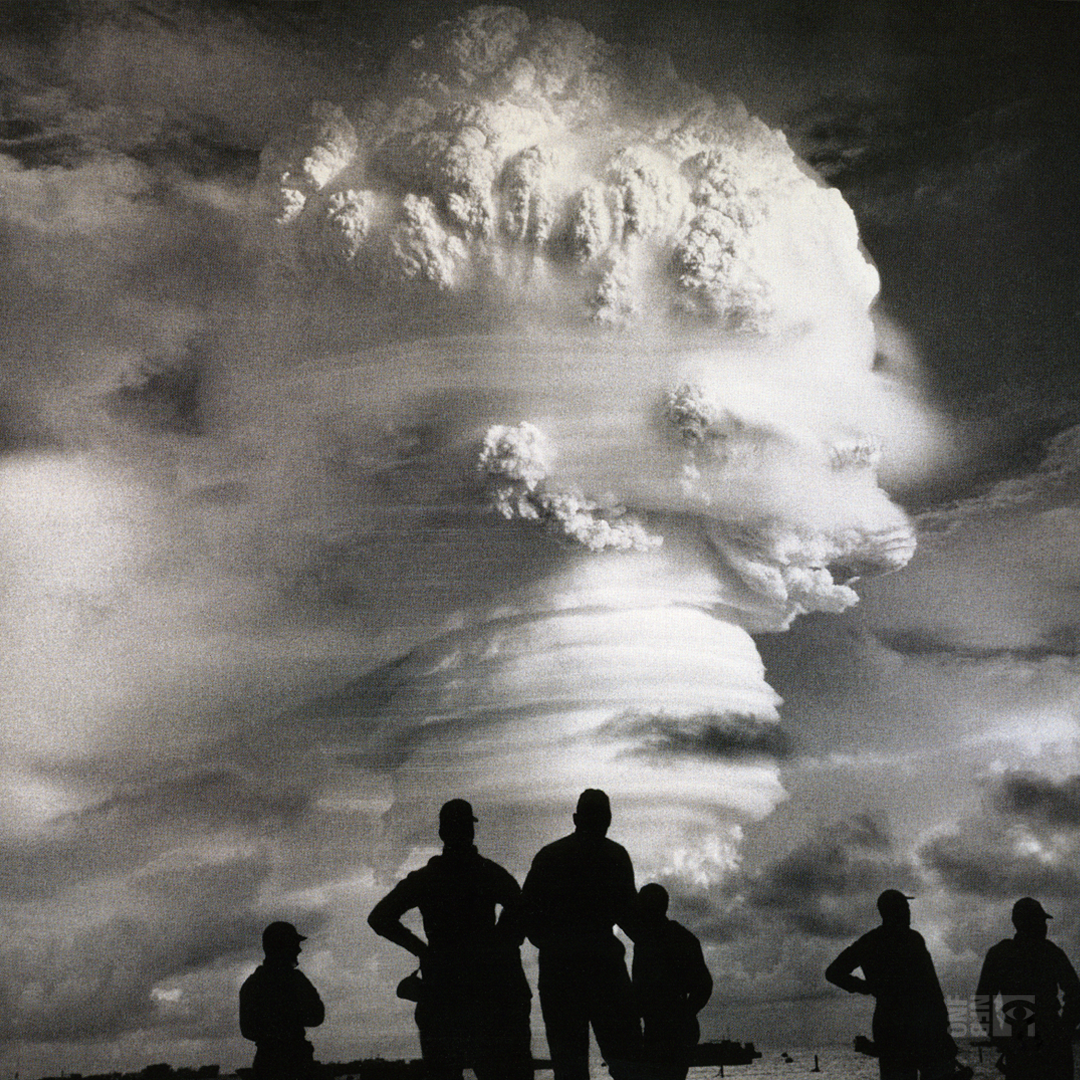
US South Pacific Nuclear Test, 1958. (US Public Archives)
No More Hiroshima
No More Hiroshima, Martin Duckworth, provided by the National Film Board of Canada
Nicknamed Little Boy and Fat Man, the atomic bombs—deployed under executive order of President Harry Truman—instantly killed over 180,000 people and claimed tens of thousands more lives through radiation poisoning.
In 1982, director Martin Duckworth followed Hatsuko Tominaga and Tadahiko Murata, two hibakusha (surviving victims of the 1945 atomic bombing) who attended the second United Nations Special Session on Disarmament as representatives of the Japanese Peace Movement.
Armed with photos of the dead and fuelled with the stories of guilt, loss, pain, and suffering of their fellow hibakusha, Hatsuko and Tadahiko valiantly rallied for disarmament while emphatically proclaiming that history cannot, under any circumstance, be allowed to repeat itself.
If You Love This Planet
If You Love This Planet, Terre Nash, provided by the National Film Board of Canada
The threat of annihilation by nuclear war was a looming fear in the back of everyone’s mind during the Cold War. After witnessing the horrors of the Hiroshima and Nagasaki radiation fallout, countries began stockpiling nuclear arms as a symbol of power to their citizens and a deadly warning to their enemies.
Ironically, the fact that several major countries developed nuclear weapons acted as a deterrent to nuclear war, as mutually assured destruction was all but guaranteed if a country was paranoid enough to actually deploy one of their weapons.
This paranoia is exactly what director Terre Nash captured in her Oscar®-winning short on nuclear pundit Dr. Helen Caldicott’s riveting 1981 lecture criticizing the arms race. Using archival footage of the bombing of Hiroshima and images of its survivors, Caldicott drove home the dangers posed by nuclear weapons, concluding with a very passionate message: disarmament cannot be postponed.
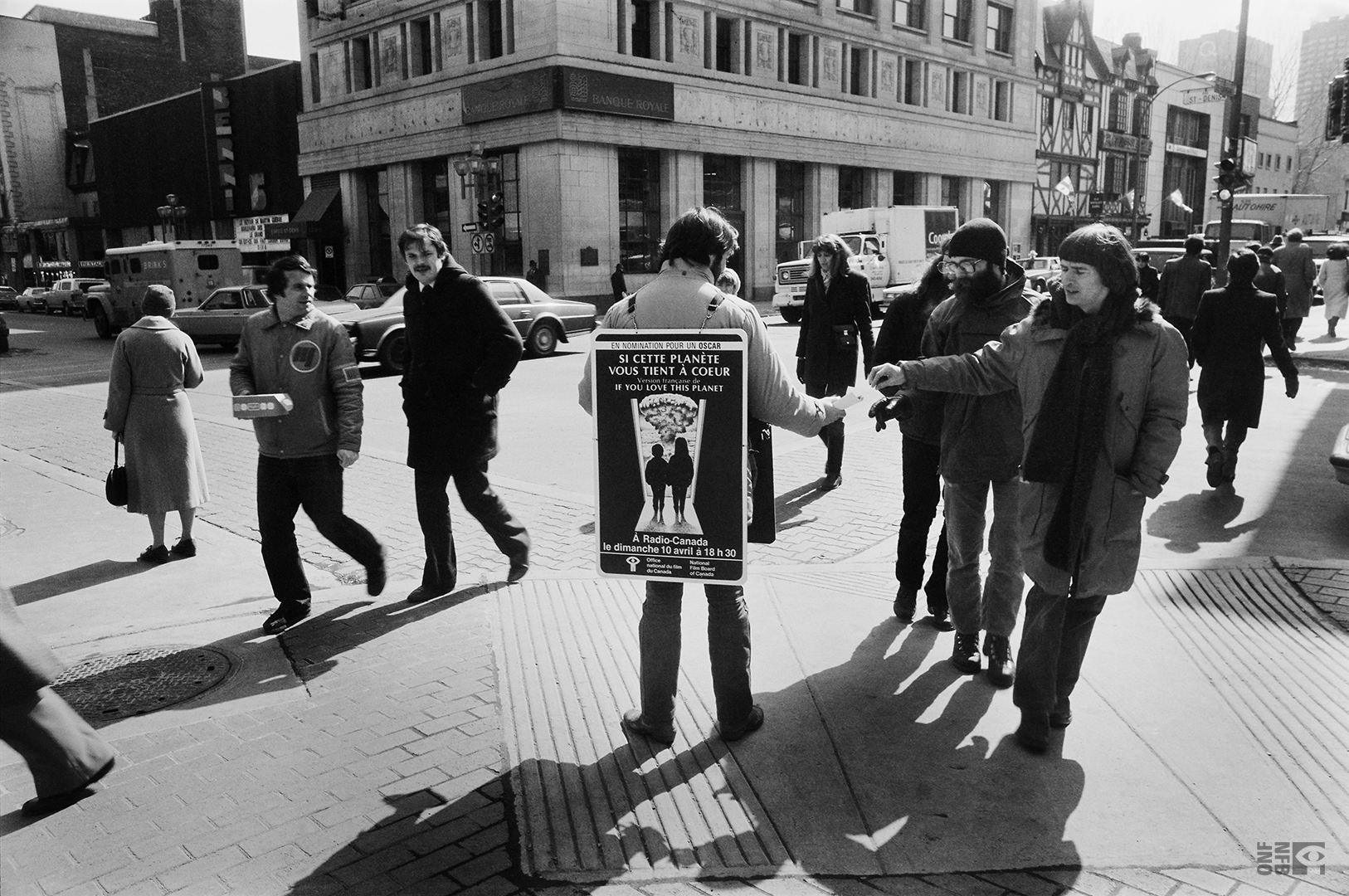
Looking for more about this subject? Head over to our anti-nuclear film channel here.
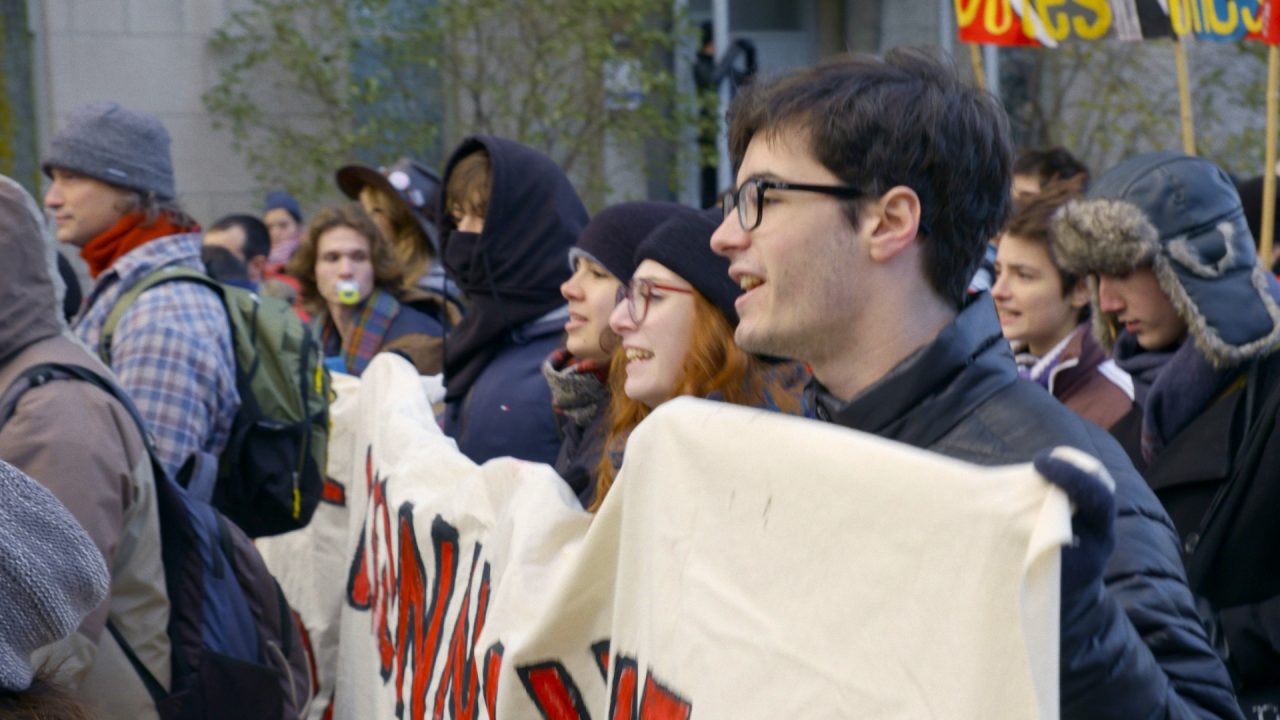
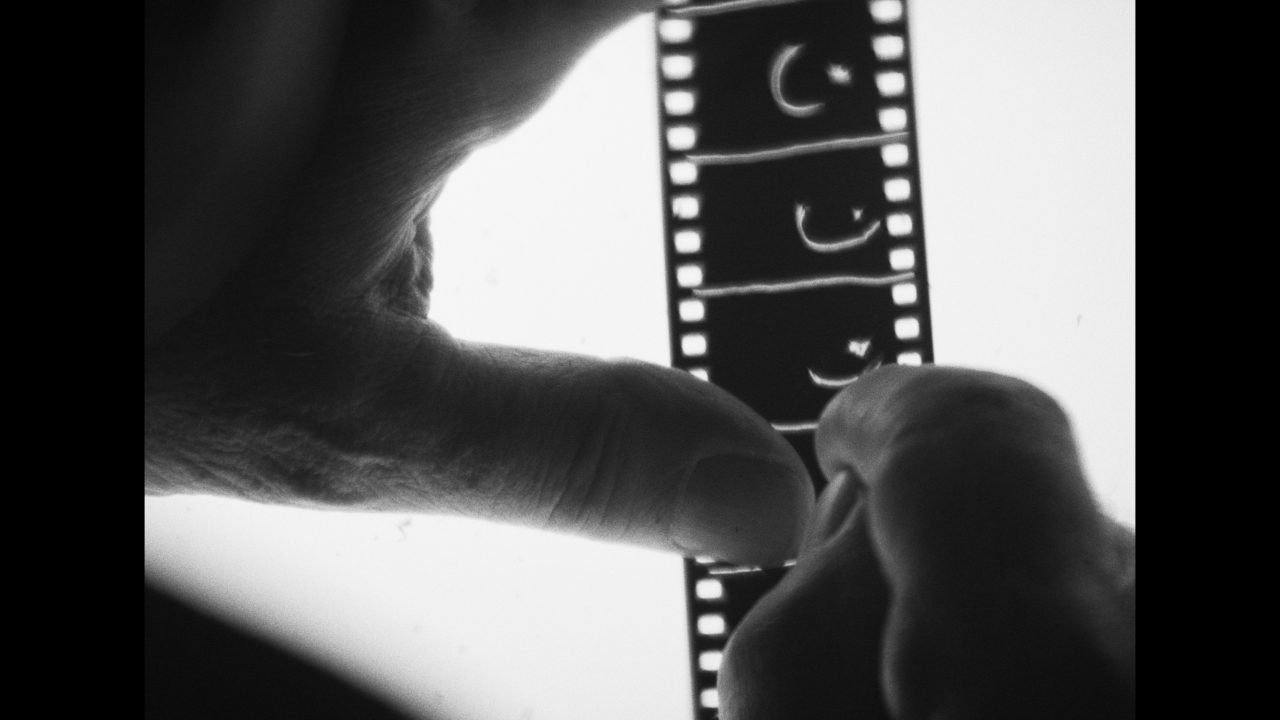
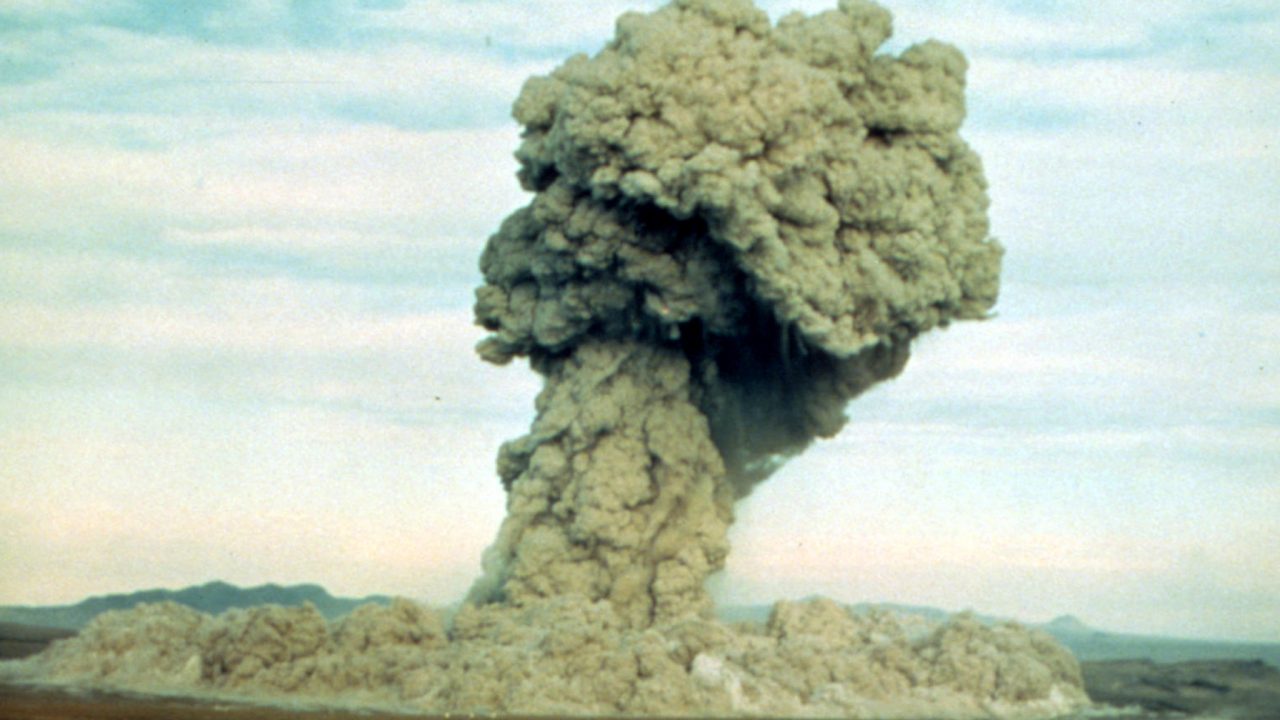
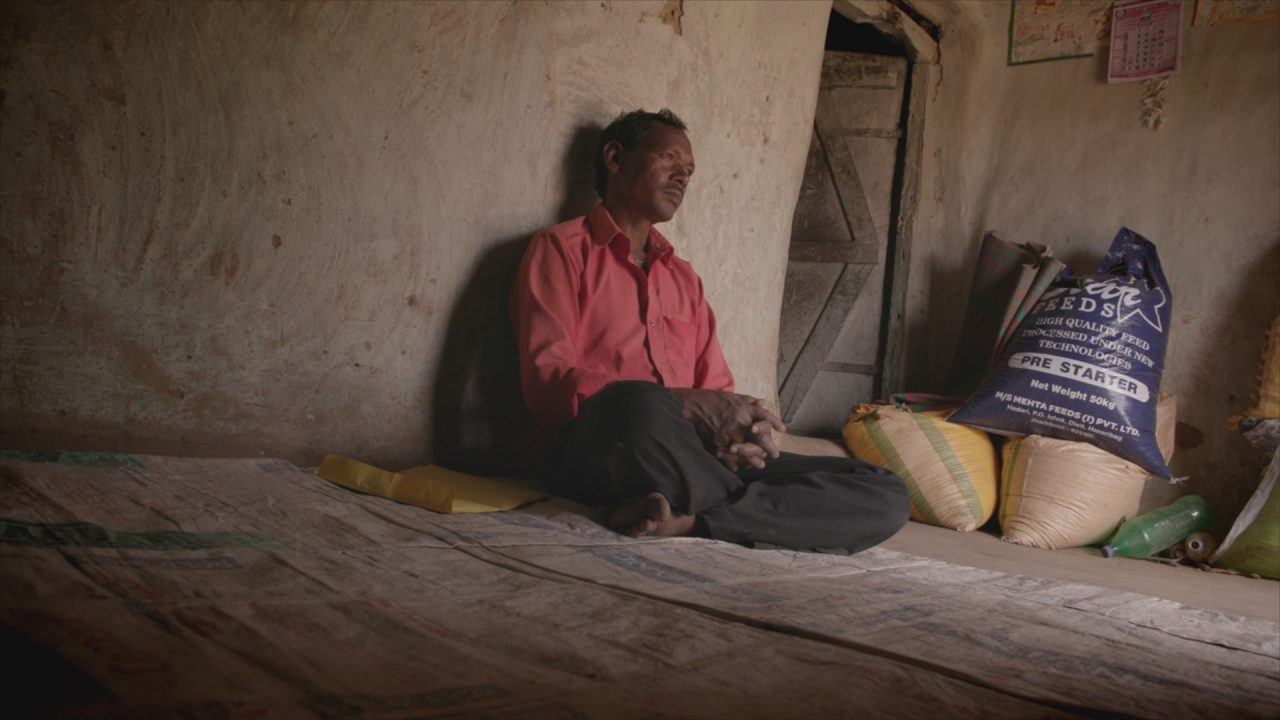
Should we commemorate the 70th anniversary of the first bomb or, the 70th anniversary of the last?
I think the last as, we’ve been good since then. No bombs!
Why can’t I watch the first documentary?
You should be able to watch all the docs in the post! You can contact our customer service if you still can’t view the film! clientservices@nfb.ca